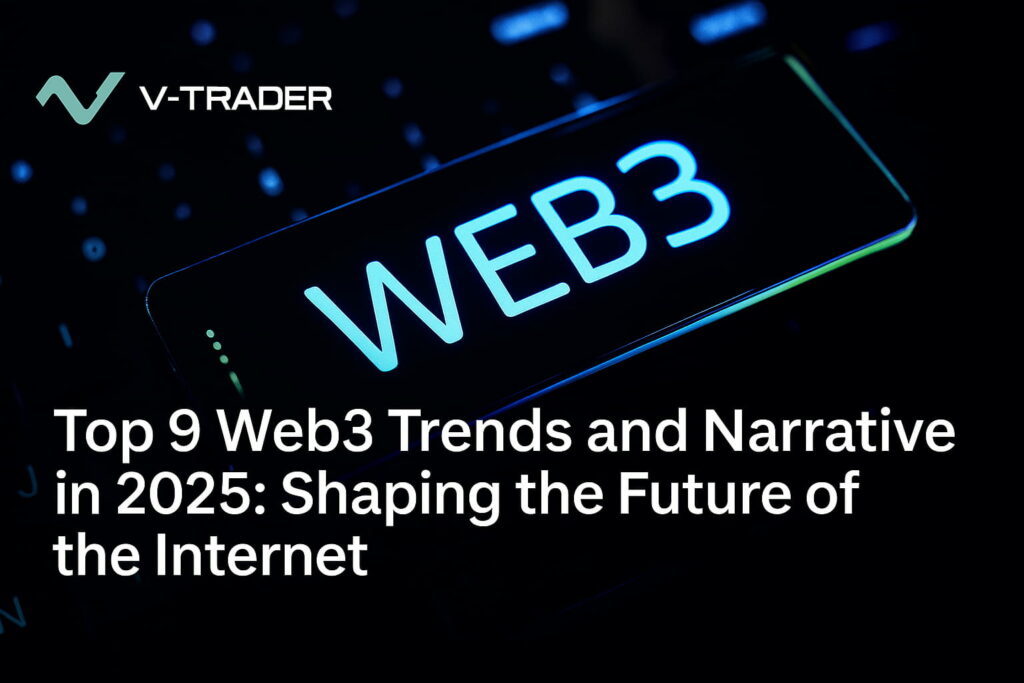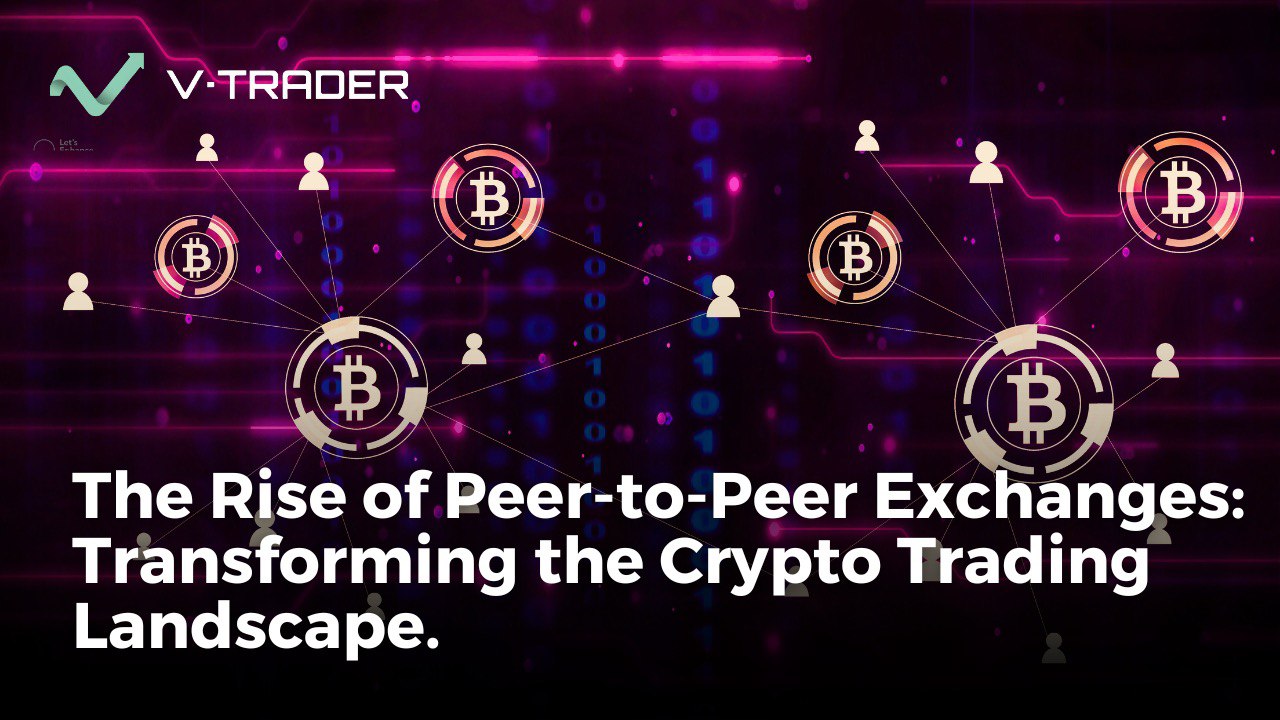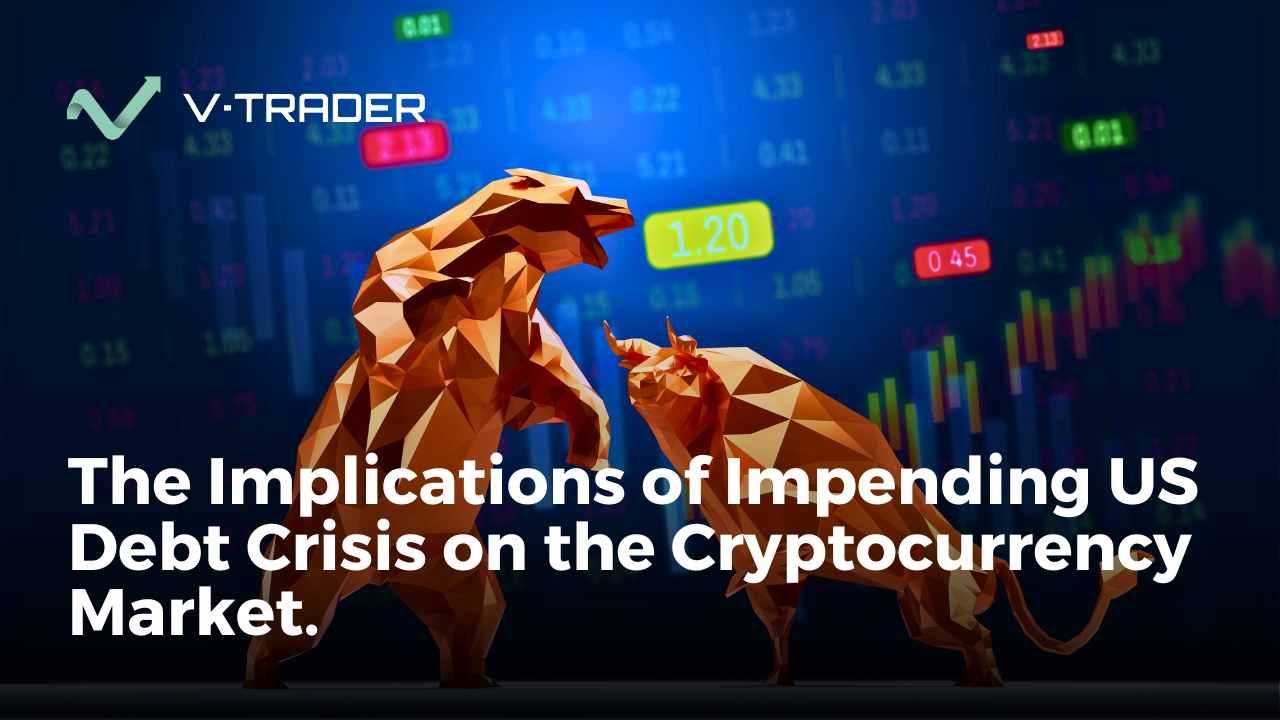What if the next time you log into an app, you’re not the product, but the owner? What if your money could move across borders in seconds, without banks, bureaucracy, or ridiculous fees? And what if your online identity was truly yours and not tracked, sold, or stolen?
Welcome to 2025, where the internet is finally starting to feel like it belongs to us. This isn’t just a tech upgrade, it’s a new chapter in how we build, connect, and create. Web3 is maturing fast, and it’s not just about crypto anymore. It’s about rewriting the rules of how we exchange value, prove trust, and take back control from centralized powers.
From digital identity to AI-powered applications, and even sustainable blockchain infrastructure, the Web3 trends emerging now are shaping a future that’s more open, fair, and insanely creative.
How it All Began
Like any good story, the web evolved in chapters. Each version brought something new: first, we just read stuff, then we started creating and sharing, and now, we’re learning to own the digital world we live in.
Let’s take a quick look at how the internet transformed from Web 1.0 to Web 3.0:
Web 1.0 – The Read-Only Web
This was the early internet (1990s–early 2000s). Think of it like a giant library. You could read information – news, articles, static pages – but you couldn’t really interact with it. There were no social media platforms, comments, or user profiles. You were mostly just a viewer.
Web 2.0 – The Social Web
Starting in the mid-2000s, the Internet became interactive. This is where platforms like Facebook, YouTube, Twitter, and Google thrived. You could now create content, share it, and connect with others. But there was a catch: big companies started owning your data. You got free services, but they made money by tracking you and selling ads.
Web 3.0 – The Ownership Web
2025 and on, more and more services are shifting into Web3. This version of the internet is built on decentralized technologies like the blockchain. Instead of relying on big corporations, users can own their data, their digital assets, and even a stake in the applications they use.
Top Trends in Web 3.0
As we navigate through 2025, several key trends are emerging, promising to redefine industries, economies, and our experiences. Let’s have a look at the most valuable trends on the internet right now:
Growth of Decentralized Finance (DeFi)
DeFi has flipped the script on traditional finance by cutting out the middlemen, no banks, no brokers, just people interacting directly through blockchain-based applications. In 2025, these systems are faster, safer, and easier to use than ever before.
Take this for example: a small business owner in South Africa wants to expand her solar panel business. Instead of going through a local bank with high fees and endless paperwork, she uses a decentralized lending platform on her phone. Within minutes, she secures a microloan from a global pool of investors. The terms are transparent, the repayment is automated through smart contracts, and she never has to leave her village.
This is the world we are living in today. This kind of access is changing lives. With over $150 billion now locked in DeFi projects, the narrative has shifted from hype to real tangible impact.
Digital Identity and Privacy
In a world where your data is constantly being harvested, leaked, or sold, privacy has become a luxury. But Web 3.0 flips this power dynamic. Instead of handing over your information to dozens of companies, you can now own your digital identity, and decide exactly what to share, when, and with whom.
For example, you want to join an online DAO (decentralized autonomous organization) that invests in green energy. Instead of signing up with your name, email, and government ID, your digital wallet signs for you, using cryptographic proof that says, “Yes, I’m a real person, and I meet the requirements”,without exposing anything else. No password. No spam. No central database vulnerable to hacks.
Companies like Microsoft’s ION and Polygon ID are building these decentralized identity (DID) systems right now. So it’s not only about security, it’s about reclaiming control over who you are in the digital world.
AI and Blockchain
We’re used to thinking of AI as a possible disruptor to security. But what happens when you mix the intelligence of AI with the transparency of blockchain? You get a future where data becomes both powerfully useful and highly protected.
Imagine a global network of hospitals working together to improve cancer detection. Normally, privacy laws would make it almost impossible to share sensitive patient data. But with the patient information on the blockchain, each hospital can contribute anonymized data to a decentralized AI model, improving outcomes for everyone without risking anyone’s personal information.
Projects like SingularityNET and Ocean Protocol are building these kinds of ecosystems. They’re not just platforms, they’re marketplaces where anyone can build, sell, or tap into AI services, all running on secure blockchain infrastructure.
Real-World Asset Tokenization
What if you could own just 1% of a beachfront villa in Miami, or a slice of a Picasso painting, without being a millionaire?
That’s the power of real-world asset tokenization. It takes things like property, gold, or fine art and turns them into digital tokens on the blockchain. These tokens represent fractional ownership, meaning you no longer need to buy the whole thing to get in the game.
Let’s say a $5 million hotel in Paris is tokenized into 5 million digital tokens. With just $100, you could own a piece of it and earn returns based on its performance. It’s like owning a share of a building instead of a share of a company.
This trend is opening doors for regular everyday investors, increasing access to markets that were once locked behind massive capital requirements. Platforms like Centrifuge and RealT are already doing this, making it possible for anyone, anywhere, to build a diverse portfolio of real-world assets, directly from their phone.
Sustainability and Green Crypto
Blockchain technology has long been criticized for its environmental impact, but 2025 marks a turning point toward greener, more sustainable practices. The widespread shift to energy-efficient consensus mechanisms, such as proof-of-stake (PoS), is leading the charge.
These mechanisms use far less energy than traditional methods like proof-of-work, drastically reducing blockchain’s carbon footprint. Ethereum’s move to PoS was a groundbreaking moment, and now other projects like Algorand and Chia are embracing similar eco-friendly solutions.
Beyond this, the rise of blockchain-based carbon credit markets is also playing a key role, enabling businesses to offset their emissions while encouraging sustainable practices. This shift is not just a technological evolution but a vital step toward ensuring that blockchain technology can thrive without harming the environment.
Regulatory Developments Shaping Web 3.0
As Web3 technologies become more integrated into our daily lives, governments are stepping up to create rules that support both innovation and protection. Around the world, regulatory frameworks are being developed to manage digital assets, decentralized apps, and blockchain businesses.
The European Union, for example, has set a strong precedent with its comprehensive crypto regulations, aiming to protect consumers while encouraging technological growth. These evolving regulations are essential in building trust and helping Web3 solutions gain broader acceptance, making it easier for businesses and individuals to embrace this new digital landscape.
Your Web3 Journey Begins Here
Starting in 2025, the web is no longer just a place to browse and consume, it’s becoming a space where we can truly connect, own and create. From reshaping finance with decentralized platforms to ensuring privacy with blockchain-based digital identities, the shift to Web3 is changing the way we work, relax, and interact online.
As we continue to embrace these groundbreaking innovations, platforms like vTrader are leading the charge in making the world of digital assets more accessible and secure than ever before.
If you’re ready to dive into the future of cryptocurrency and digital ownership, vTrader offers the tools you need to get started. With their easy-to-use platform and cutting-edge solutions, you’ll be ahead of the curve in a rapidly evolving landscape. Don’t just watch the revolution from the sidelines, be a part of it. Check out vTrader and take control of the Web 3.0 trends today.

Steve Gregory is a lawyer in the United States who specializes in licensing for cryptocurrency companies and products. Steve began his career as an attorney in 2015 but made the switch to working in cryptocurrency full time shortly after joining the original team at Gemini Trust Company, an early cryptocurrency exchange based in New York City. Steve then joined CEX.io and was able to launch their regulated US-based cryptocurrency. Steve then went on to become the CEO at currency.com when he ran for four years and was able to lead currency.com to being fully acquired in 2025.


